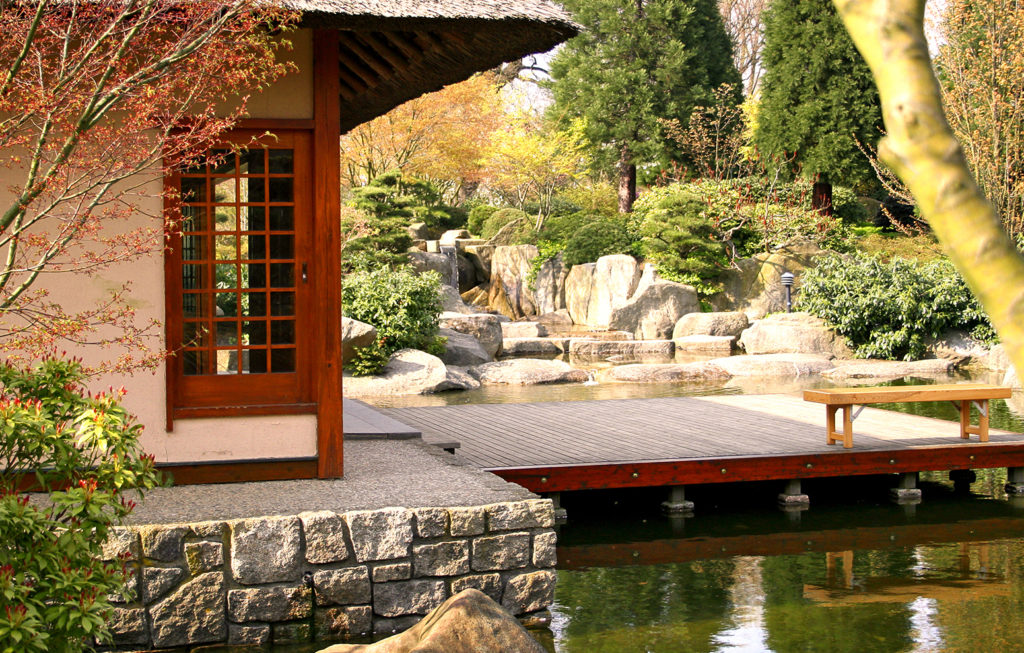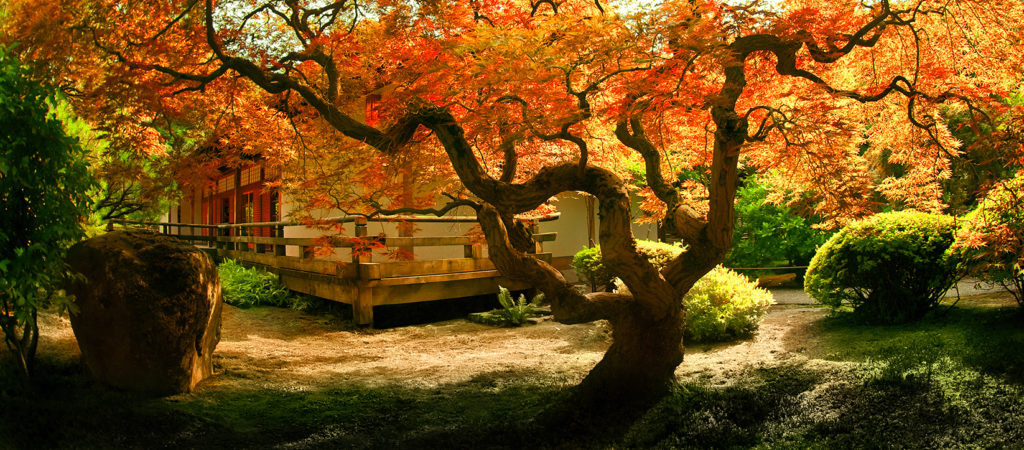
What is wabi sabi?
Wabi sabi (侘寂) represents a comprehensive Japanese world view or aesthetic centered on the acceptance of transience. It is sometimes described as authentic beauty that is “imperfect, impermanent, and incomplete.”
Andrew Juniper claims, “If an object or expression can bring about, within us, a sense of serene melancholy and a spiritual longing, then that object could be said to be wabi-sabi.”
Wabi connotes rustic simplicity, freshness, or quietness. It can also refer to quirks and anomalies arising from the process of construction, which add uniqueness and elegance to the object. Sabi is beauty or serenity that comes with age—the life of impermanence of the object are evidenced in its patina and wear, or in any visible repairs.
A Japanese tea house which reflects the wabi-sabi aesthetic in Kenroku-en (兼六園) Garden.
Wabi sabi is a kind of training. The student of wabi sabi learns to find the most simple objects—say, fading autumn leaves—interesting, fascinating, and beautiful. Wabi sabi can change our perception of our world: a chip or crack in a vase makes it more interesting, giving the object greater meditative value. Similarly materials that age such as bare wood, paper, and fabric become more interesting as they change over time.
For more, see the Wikipedia entry on wabi sabi. Consider reading some of the books listed, especially Wabi Sabi for Artists, Poets, and Philosophers, by Loenard Koren. It’s a profound consolation in this world of instant fashion, meaningless communication, and planned obsolescence.

